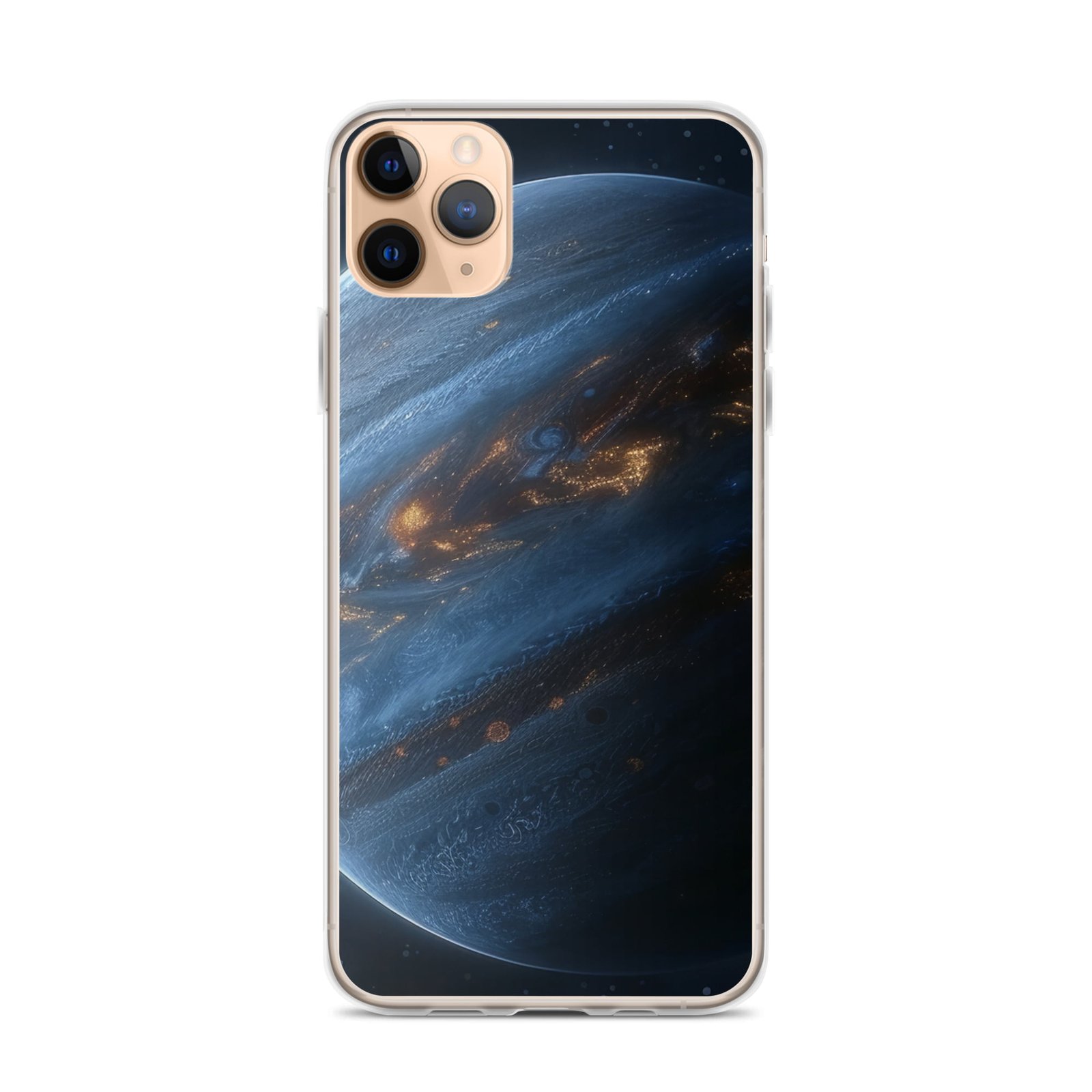Key Takeaways 📝
- The Big Bang theory suggests the universe originated from a hot and dense point around 13.8 billion years ago, expanding space itself.
- The universe’s composition includes normal matter, dark matter, and dark energy, with dark energy driving its accelerated expansion.
- Theoretical physics explores concepts like the Theory of Everything and the multiverse, offering practical applications in various fields.
- Observations from telescopes like Hubble have enhanced our understanding of the universe, with future missions aiming to unveil more secrets.
- Despite significant progress in cosmology, unanswered questions about dark matter, dark energy, and galaxy formation continue to intrigue scientists.
The universe is a vast and complex entity that has intrigued humans for centuries. Our understanding of the universe has evolved significantly over time, with current scientific theories providing a framework for comprehending its origins, composition, and evolution.
The Big Bang and the Universe’s Origins
The most widely accepted theory regarding the origin of the universe is the Big Bang, which posits that the universe began as an incredibly hot and dense point approximately 13.8 billion years ago. This event was not an explosion in space, but rather an expansion of space itself. Belgian priest Georges Lemaître was the first to suggest this theory in the 1920s.
In the first fraction of a second after the Big Bang, the universe expanded rapidly from a size smaller than an atom to an astronomical scale. This initial period of expansion is known as cosmic inflation. Within the first three minutes, the universe cooled sufficiently for protons and neutrons to form hydrogen and helium nuclei.
Expansion and Evolution of the Universe

The universe has continued to expand since its inception. This expansion is not only ongoing but is also accelerating, a discovery that has surprised astronomers. The forces of gravity have played a crucial role in shaping the universe by drawing matter together to form the first stars and galaxies. As stars evolved and died, particularly in supernova explosions, they seeded the cosmos with the heavier elements necessary for the formation of planets and, eventually, life.
Composition of the Universe
Our universe is composed of normal matter, dark matter, and dark energy. Normal matter, which includes stars, planets, and all visible objects, constitutes only a small fraction of the universe’s total content, estimated to be between 1% and 10%. Dark matter, which does not emit or absorb light, makes up about 25% of the universe and can be inferred from its gravitational effects on visible matter. Dark energy, a mysterious force that is driving the accelerated expansion of the universe, is believed to account for approximately 70% of the universe’s content.
Theoretical Physics and the Quest for Understanding
Theoretical physics aims to explain the fundamental nature of the universe through mathematical models and theoretical frameworks. One area of interest is the search for a Theory of Everything, which would unify the large-scale structure of the universe with the quantum world of subatomic particles. The Standard Model of particle physics is a key component of this quest, although it leaves many questions unanswered.
Another intriguing concept in theoretical physics is the multiverse, which suggests that our universe may be just one of many. Theoretical physics not only advances our understanding of the cosmos but also has practical applications in fields such as technology and medicine.
Observations and Future Discoveries
Observations from telescopes like Hubble have significantly contributed to our knowledge of the universe’s composition and behavior. Hubble’s studies have helped map the distribution of dark matter and measure the universe’s expansion rate. Upcoming missions, such as the James Webb Space Telescope, aim to observe the first stars and galaxies, shedding light on the early universe and the epoch of reionization.
Philosophical and Cosmological Considerations
Cosmology, the study of the physical universe, has made great strides in the past century, developing a Standard Model based on the physics of gravity and other forces. This model describes the universe’s evolution from a hot, dense state to its current structure, characterized by galaxies and stars. However, there remain open questions about the nature of dark matter, dark energy, and the formation of galaxies.
The universe is a vast and mysterious expanse that continues to captivate our imagination. From the Big Bang to the present day, scientists have developed theories and conducted observations to unravel the secrets of the cosmos. While we have made significant progress, many questions remain, ensuring that the study of the universe will continue to be a dynamic and exciting field for generations to come.

Summary by the Author
I delved into the mysteries of the universe, exploring its origins, composition, and evolution, from the Big Bang to the present day.
My Thoughts
I find the universe’s complexity and the ongoing quest for understanding both awe-inspiring and humbling.
Benefits of Reading
Readers will gain a deeper appreciation for the universe’s wonders and the intriguing questions that drive scientific exploration.
Main Message
The universe, with its Big Bang origin, dark matter, dark energy, and unanswered mysteries, continues to fascinate and inspire curiosity in us all.
























